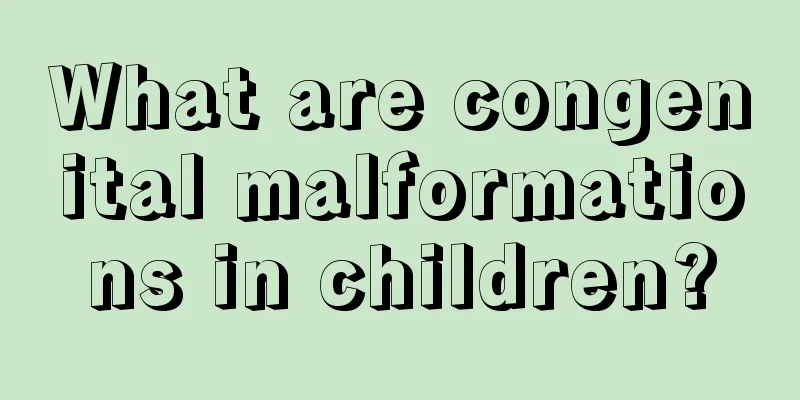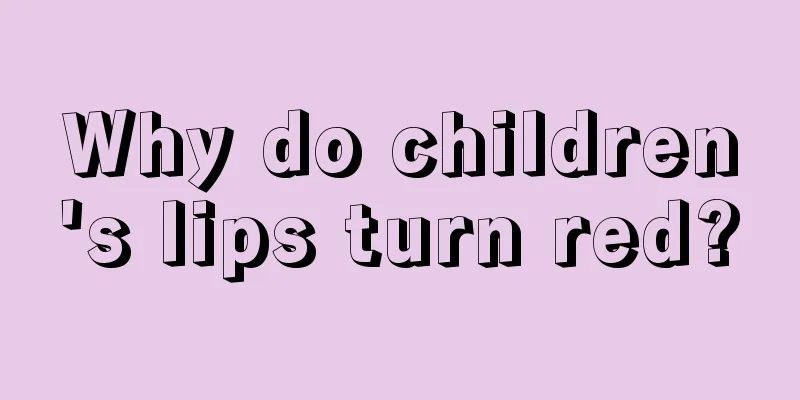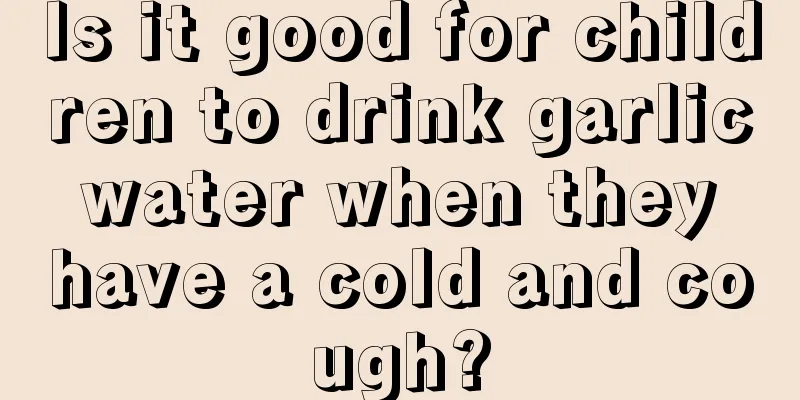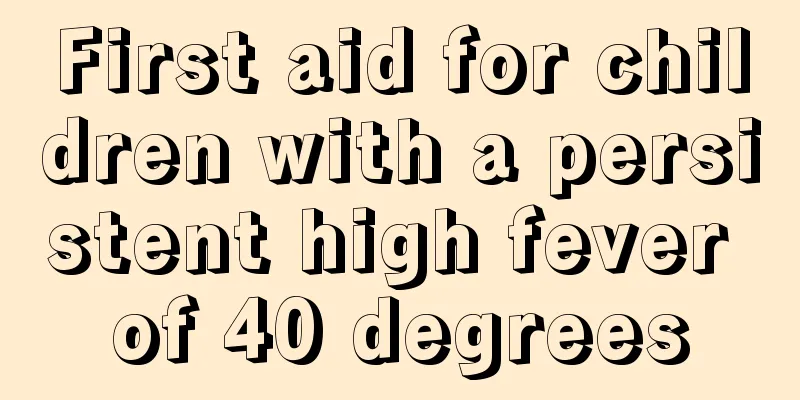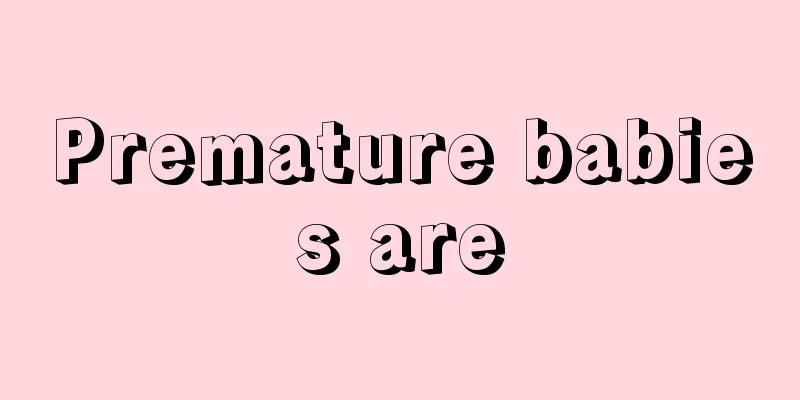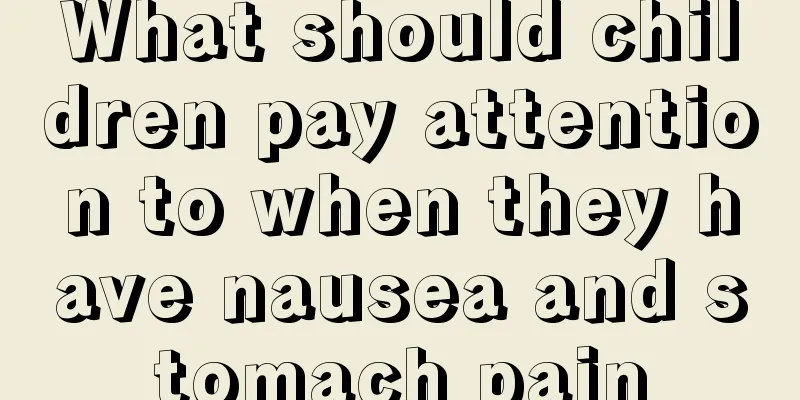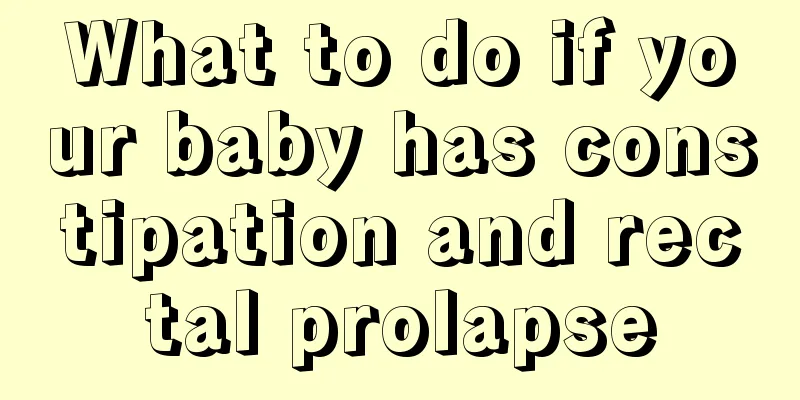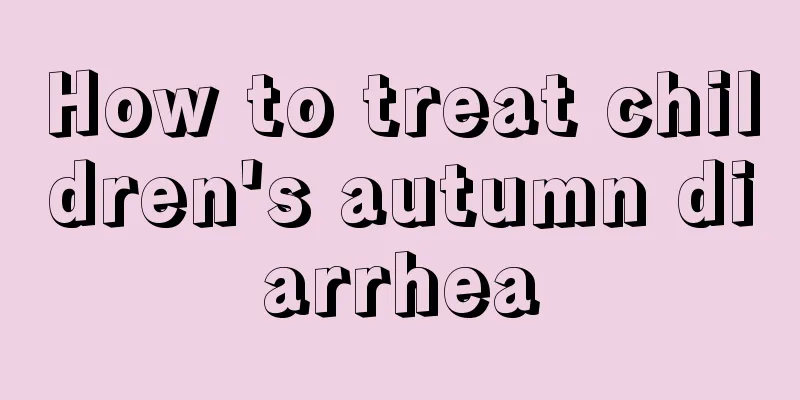What are the symptoms of fever and convulsions in children?
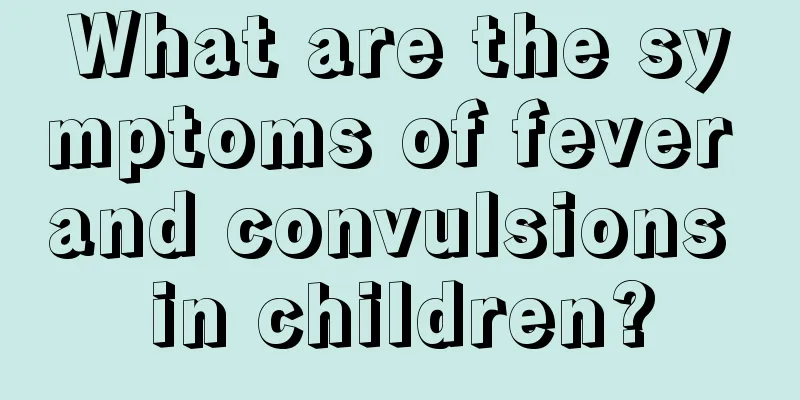
|
Fever in children is quite common. If the fever is severe, it can easily cause convulsions, which can cause certain stimulation to the body and brain. Therefore, as parents, we must carefully observe the baby's symptoms in life. When a fever occurs, we must treat it in time, otherwise it will cause great harm to the baby. So what are the symptoms of fever and convulsions in children? When normal brain activity is disrupted, a febrile seizure can occur. A high fever seizure often occurs without warning. During a febrile seizure, your child may: 1. The body becomes stiff or limp. 2. Being unconscious or unable to recognize the surrounding environment. 3. Body twitching. 4. Difficulty breathing. The causes of childhood convulsions can be divided into two categories: infectious (febrile convulsions) and non-infectious (afebrile convulsions) according to the presence or absence of infection. According to the site of involvement of the lesion, it is divided into intracranial and extracranial types. (1) Infectious convulsions (febrile convulsions) 1. Intracranial viral infections such as viral encephalitis and Japanese encephalitis. Bacterial infections such as purulent meningitis, tuberculous meningitis, brain abscess, and venous sinus thrombosis. Fungal infections such as cryptococcal meningitis. Parasitic infections such as cerebral cysticercosis, cerebral malaria, cerebral schistosomiasis, cerebral paragonimiasis, and toxoplasmosis. 2. Extracranial diseases: high fever convulsions, toxic encephalopathy (severe pneumonia, whooping cough, toxic dysentery, sepsis as primary diseases), tetanus, etc. (ii) Non-infectious convulsions (afebrile convulsions) 1. Intracranial diseases and craniocerebral injuries such as birth injuries, brain trauma, neonatal asphyxia, and intracranial hemorrhage. Abnormal brain development such as congenital hydrocephalus, cerebrovascular malformations, macrocephaly (microcephaly), cerebral palsy and neurocutaneous syndrome. Intracranial space-occupying diseases such as brain tumors and brain cysts. Epileptic syndromes such as grand mal seizures and infantile spasms. Brain degenerative diseases such as demyelinating encephalopathy and macular degeneration. 2. Extracranial diseases Metabolic diseases such as hypocalcemia, hypoglycemia, hypomagnesemia, hyponatremia, hypernatremia, vitamin B1 or B6 deficiency, etc. Genetic metabolic diseases such as glycogen storage disease, galactosemia, phenylketonuria, hepatolenticular degeneration, and mucopolysaccharidosis. Systemic diseases such as hypertensive encephalopathy, uremia, heart rhythm disorders, severe anemia, food, drug or pesticide poisoning, etc. The above is an introduction to the symptoms of fever and convulsions in children. If the baby has a fever but is not treated in time, it will easily affect the intellectual development and even leave some sequelae. Therefore, when we find that the baby has a fever, we must reduce the baby's fever in time to avoid more serious phenomena. |
<<: What causes convulsions due to fever in children
>>: What is the cause of the fever and convulsions in children?
Recommend
What should I do if my 4-month-old baby sneezes and has a runny nose?
People nowadays marry late and most of them are o...
Why does a child cry when he dreams while sleeping?
Many children suddenly cry when they are sleeping...
Why do children often have foot pain?
We all know that children are lively and active b...
The dangers of skin grafting in children
In addition to adults, children can also undergo ...
What medicine should children take for vomiting? Recommended by authoritative experts
If a child has symptoms of vomiting, the first th...
What does BCG prevent?
We know that newborns are injected with various v...
What effects does general anesthesia have on children?
Children have relatively weak resistance. If a ch...
Tips for babies not sleeping at night
Many mothers are troubled by their babies not sle...
Does the newborn enema have any side effects?
We know that taking care of a baby is not an easy...
One year old baby convulsions
What is going on when a one-year-old baby is havi...
How long does it take for baby's white pityriasis to disappear?
Many babies will suffer from pityriasis alba. Whe...
What are the symptoms of Qi and blood deficiency in children?
Children generally have abundant qi and blood, bu...
Newborn vomiting and spitting up
For parents, the most frightening thing is that t...
What causes low blood sugar in children?
Some children do not absorb enough nutrients whil...
Causes of retinal hemorrhage in children
For children, their organs are not yet fully deve...
